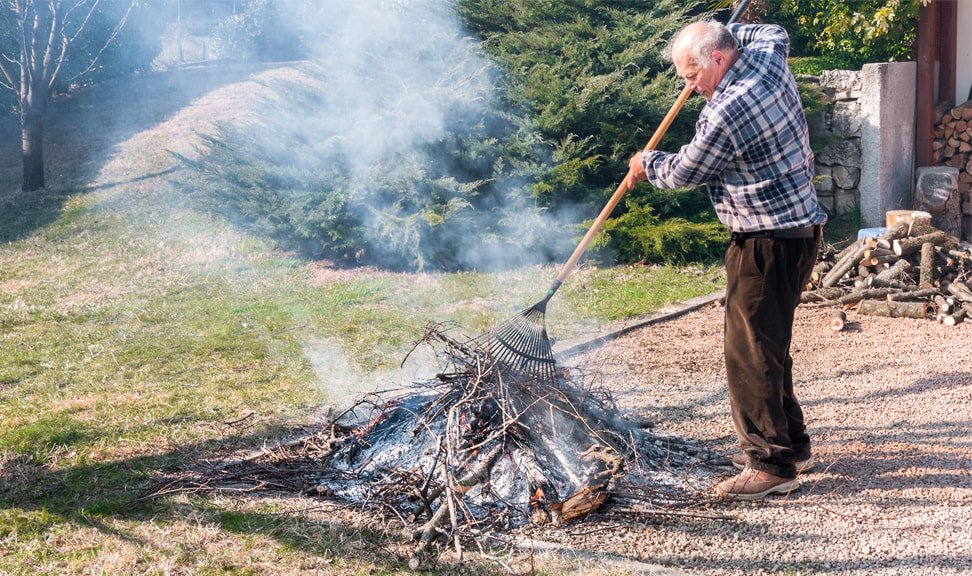1.1 million people suffer burn injuries that require medical attention every year in the United States, according to the Center for Disease Control (CDC). And, approximately 50,000 of these burn victims require hospitalization where 20,000 have suffered major burns covering 25% of their body. Roughly 4,500 burn victims die annually as a result of their injuries and as many as 10,000 people in the United States die each year as a result of burn-related infections.
These statistics are scary, but they demonstrate the devastating consequences of burn injuries and the importance of prevention and treatment. Educating yourself on the risk factors and prevention may help you avoid a terrible burn injury in the future.
Types of Burns
There are many different types of burns and it is important to know how each is classified. Burn injuries are measured in “degrees”…the larger the degree, the worse the injury:
- 1st Degree: superficial - redness of skin without blisters
- 2nd Degree: partial thickness skin damage - blisters present
- 3rd Degree: full thickness skin damage - skin is white and leathery
- 4th Degree: as in third degree but with damage to deeper structures, such as tendons, joints, bone
Orthopaedic surgeons many times are sought to help treat 4th degree burn injuries. Many patients with burn injuries of this magnitude require surgery. An example of the type of surgery is in burned hands: Many burned hands will develop contractures, a condition of shortening and hardening of muscles, tendons, or other tissue, often leading to deformity and rigidity of joints, months or years after the original burn injury. Long-term follow up with an orthopedic surgeon should be expected.
Lessening Your Risk for Burns: Know the Risk Factors
Burns are more common in males, and in those aged under 4 years. Other factors that may increase the chance of burns include:
- Smoking
- Alcohol use or Illegal drug use
- Illegal burning of leaves or trash
- Absent or non-functioning smoke detectors
- Substandard or older housing
- Unsupervised or improperly supervised children
- Using tap water hotter than 120° F
Treatment of Burns
Quick treatment is important and can lessen the damage to the tissues. First aid for minor burns may involve:
- Cooling the burn with running water or a cold damp cloth. Not ice—ice may cause more damage to the skin.
- Do not use butter, grease, oils, or ointments on the burn.
- Cover the burn with sterile gauze or a clean cloth.
- Do not use a fluffy cloth such as a towel or blanket.
- Take an over-the-counter pain reliever, like acetaminophen (Tylenol).
- Do not break or pop any blisters. This may result in an infection.
If you see signs of an infection, get medical attention immediately. Signs of infection include:
- increased pain
- redness
- fever
- swelling
- oozing of puss
For more serious burns, like deep partial-thickness or full-thickness burns, seek medical attention or call emergency medical services. Until an emergency unit arrives:
- Do not take off any clothing that is stuck to the burn.
- Make sure the victim is not near, or in contact with, any smoldering materials or exposed to further smoke or heat.
- Do not soak the burn in water, but you can cover the area with a cool, moist sterile bandage or clean cloth.
- As with any severe injury, make sure the person is breathing and administer CPR.
While Ortho El Paso is not a burn treatment center, often orthopedic injuries of the tendons, joints and bones are common in 4th degree burns whereby our expertise is required.
Find more information on this topic from US National Library of Medicine and National Institutes of Health at https://www.ncbi.nlm.nih.gov/pmc/articles/PMC3188212/









